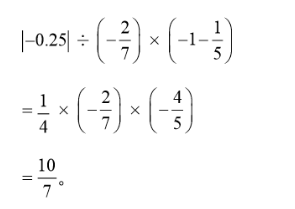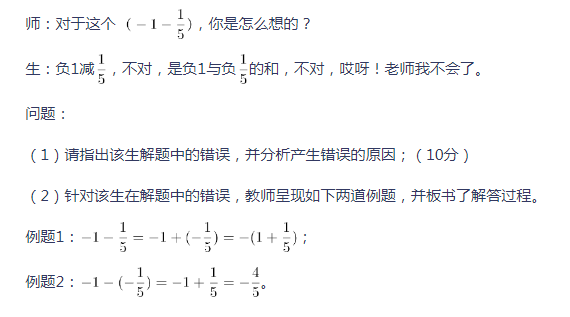当前位置:首页 → 职业资格 → 教师资格 → 中学英语学科知识与教学能力->Passage2ForcenturiesinSpainand
Passage 2
For centuries in Spain and Latin America, heading home for lunch and a snooze with the familywas some thing like a national right, but with global capitalism standardizing work hours, this idyllichabit is fast becoming an endangered pleasure. Ironically, all this is happening just as researchers arebeginning to note the health benefits of the afternoon nap.
According to a nationwide survey, less than 25 percent of Spaniards still enjoy siestas. And likeSpain, much of Latin America has adopted Americanized work schedules, too, with shortened lunchtimes and more rigid work hours. Last year the Mexican government passed a law limiting lunchbreaks to one hour and requiring its employees to work their eight-hour shift between 7 a.m. and 6 p.m.
Before the mandate, workers would break up the shift--going home midday for a long break withthe family and returning to work until about 9 or 10 p.m. The idea of siesta is changing in Greece,Italy and Portugal, too, as they rush to join their more "industrious" counterparts in the globalmarket.
Most Americans I know covet sleep, but the idea of taking a nap mid-afternoon equates withlaziness, un employment and general sneakiness. Yet according to a National Sleep Survey poll,65percent of adults do not get enough sleep. Numerous scientific studies document the benefits of naptaking, including one 1997 study on the deleterious effects of sleep deprivation in the journal Inter-nal Medicine. The researchers found that fatigue harms not only marital and social relations butworker productivity.
According to Mark Rosekind, a former NASA scientist and founder of Solutions in Cupertino,Calif., which educates businesses about the advantages of sanctioning naps, we′ re biologically pro-grammed to get sleepy between 3 and 5 p.m. and 3 and 5 a.m. Our internal timekeeper--called thecircadian clock--operates on a 24-hour rotation and every 12 hours there′s a dip. In accordancewith these natural sleep rh
推断题。题目中关键词mostAmericans出现在第三段第一句(见上题译文),由此不难推知C项“大多数美国人都认为午睡意味着懒惰”为正确答案。A项在文中未涉及,D、B项分别与第三段第二句(但是一项全国睡眠民意调查表明,65%的成年人睡眠不足)、最后一句(研究人员发现疲劳……会影响员工的生产效率)内容相反。
《义务教育数学课程标准(2011年版)》强调,课程内容要反映社会的需要、数学的特点,要符合学生的认知规律。课程内容的组织要重视过程,处理好()的关系。
设α是某一方程组的解向量,k为某一常数,则kα也为该方程组的解向量。( )

案例:
在有理数运算的课堂教学片段中,某学生的板演如下:

针对该学生的解答,教师进行了如下教学:
师:请仔细检查你的演算过程,看是否正确无误?
生:好像正确吧。

请分析例题1、例题2中每一步运算的依据。(10分)
初中数学课程是一门国家课程,其主要内容包括课程目标、教学内容、教学过程和( )等

教师职业道德区别于其他职业道德的显著标志就是( )。

对高中数学的评价,下列说法错误的是( )。
